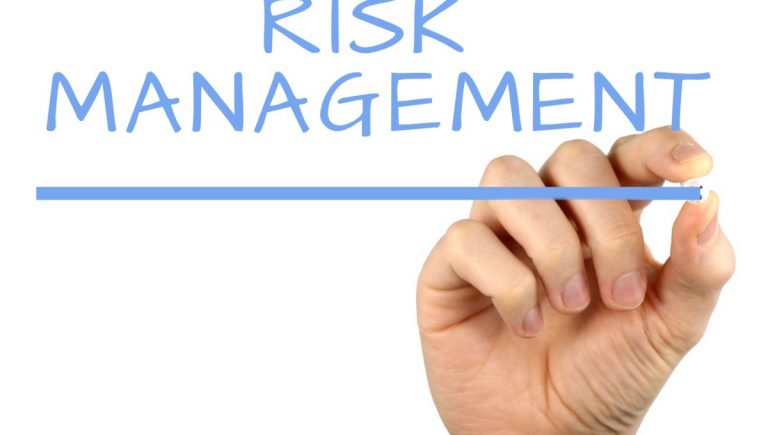Webinar Duration: 60 minutes
RECORDED: Access recorded version only for one participant; unlimited viewing for 6 months (Access information will be emailed 24 hours after the completion of payment)
SPEAKER: John N. Zorich
OVERVIEW:
The pros and cons of the 2 most widely used sampling plans (ANSI Z1.4, and Squeglia’s C=0) are examined in detail, focusing especially on the weaknesses of such plans in regards to meeting regulatory requirements. Real-world examples are provided for how using such sampling plans leads to production of non-conforming product.
The advantages of “confidence/reliability” calculations are explained. Such calculations are demonstrated for Attribute data (pass/fail, yes/no data) as well as for variables data (i.e., measurements). If variables data is “Normally distributed” the calculations are extremely simple. The webinar explains how to handle “non-Normal” data, and provides the methods, formulas, and tools to handle non-normality.
The webinar includes a discussion of how one OEM manufacturer has implemented “confidence/reliability” calculations instead of AQL sampling plans for all of its clients. And suggestions are given for how to use “confidence/reliability” QC specifications instead of “AQL” QC specifications. The use of “reliability plotting” for assessing product reliability during R&D is also discussed. The webinar also includes an examination of ISO and FDA regulations and guidelines regarding the use of statistics, especially in regards to Sampling Plans.
Why should you Attend: Almost all manufacturing companies spend time and money to inspect purchased parts upon receipt, in order to evaluate part quality before the parts Supplier is paid. “AQL” sampling plans are used almost universally for such inspections. However, AQL plans actually provide very little information about part quality.
A better way to assess the quality of purchased parts is to use “confidence/reliability” calculations. Such calculations are very easy to perform using tables and/or an electronic spreadsheet. ISO 9001 and ISO 13485 requirements include establishing “processes needed to demonstrate [product] conformity”; FDA’s GMP (21CFR820) requires that “sampling methods are ad-equate for their use”. An AQL sampling plan does not provide what is needed to meet either of those requirements. FDA guidelines state that “A manufacturer shall be prepared to demonstrate the statistical rationale for any sampling plan used” it is not possible to “demonstrate” that an AQL sampling plan ensures product quality.
On the other hand, confidence/reliability calculations can be easily shown to provide evidence of product quality, and the statistical rationale for such calculations is easy to explain and demonstrate.
Areas Covered in the Session:
– AQL and LQL sampling plans
– OC Curves
– AOQL
– ANSI Z1.4
– Squeglia’s C=0
– Confidence/Reliability calculations for
– Attribute data
– Normally-distributed variables data
– Non-Normal data
– Transformations to Normality
– K-tables
– Normal Probability Plot
– Reliability Plotting
Who Will Benefit:
– QA/QC Supervisor
– Process Engineer
– Manufacturing Engineer
– QC/QC Technician
– Manufacturing Technician
– R&D Engineer
SPEAKER PROFILE:
John N. Zorich has spent 35 years in the medical device manufacturing industry; the first 20 years were as a “regular” employee in the areas of R&D, Manufacturing, QA/QC, and Regulatory; the last 15 years were as consultant in the areas of QA/QC and Statistics. His consulting clients in the area of statistics have included numerous start-ups as well as large corporations such as Boston Scientific, Novellus, and Siemens Medical. His experience as an instructor in statistics includes having given 3-day workshop/seminars for the past several years at Ohlone College (San Jose CA), 1-day training workshops in SPC for Silicon Valley Polytechnic Institute (San Jose CA) for several years, several 3-day courses for ASQ Biomedical, numerous seminars at ASQ meetings and conferences, and half-day seminars for numerous private clients. He creates and sells formally-validated statistical application spreadsheets that have been purchased by more than 75 companies, world-wide.



